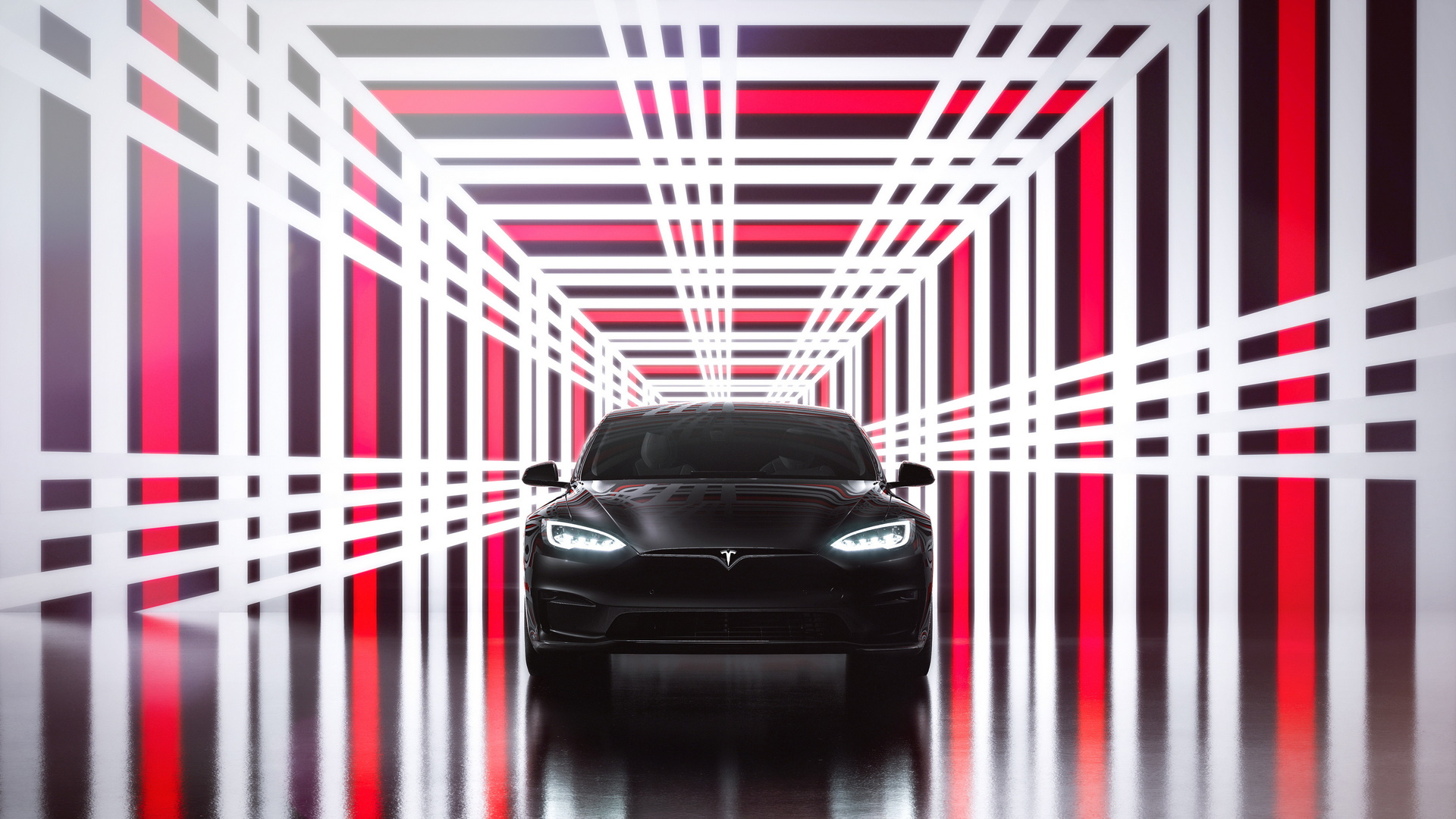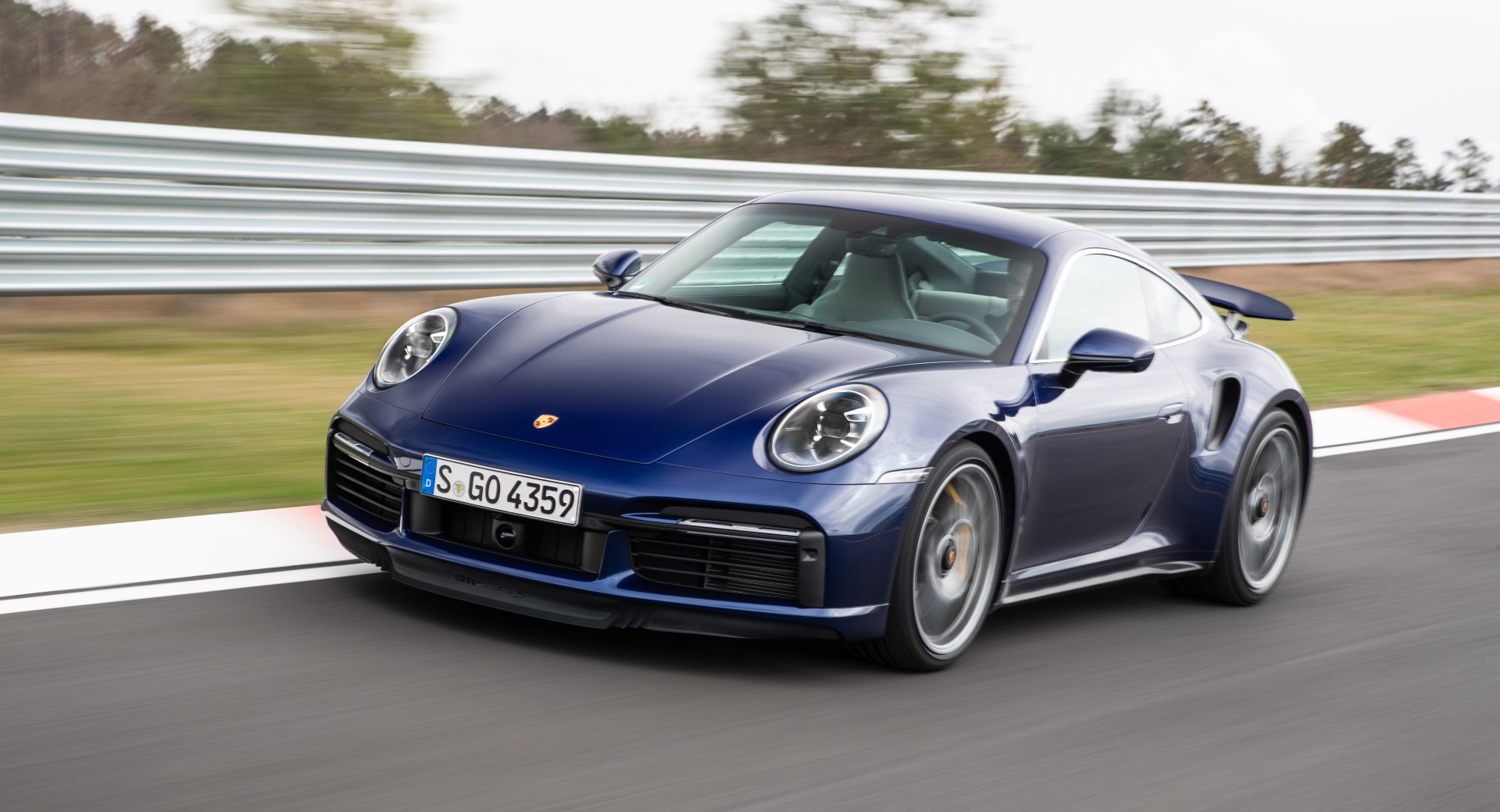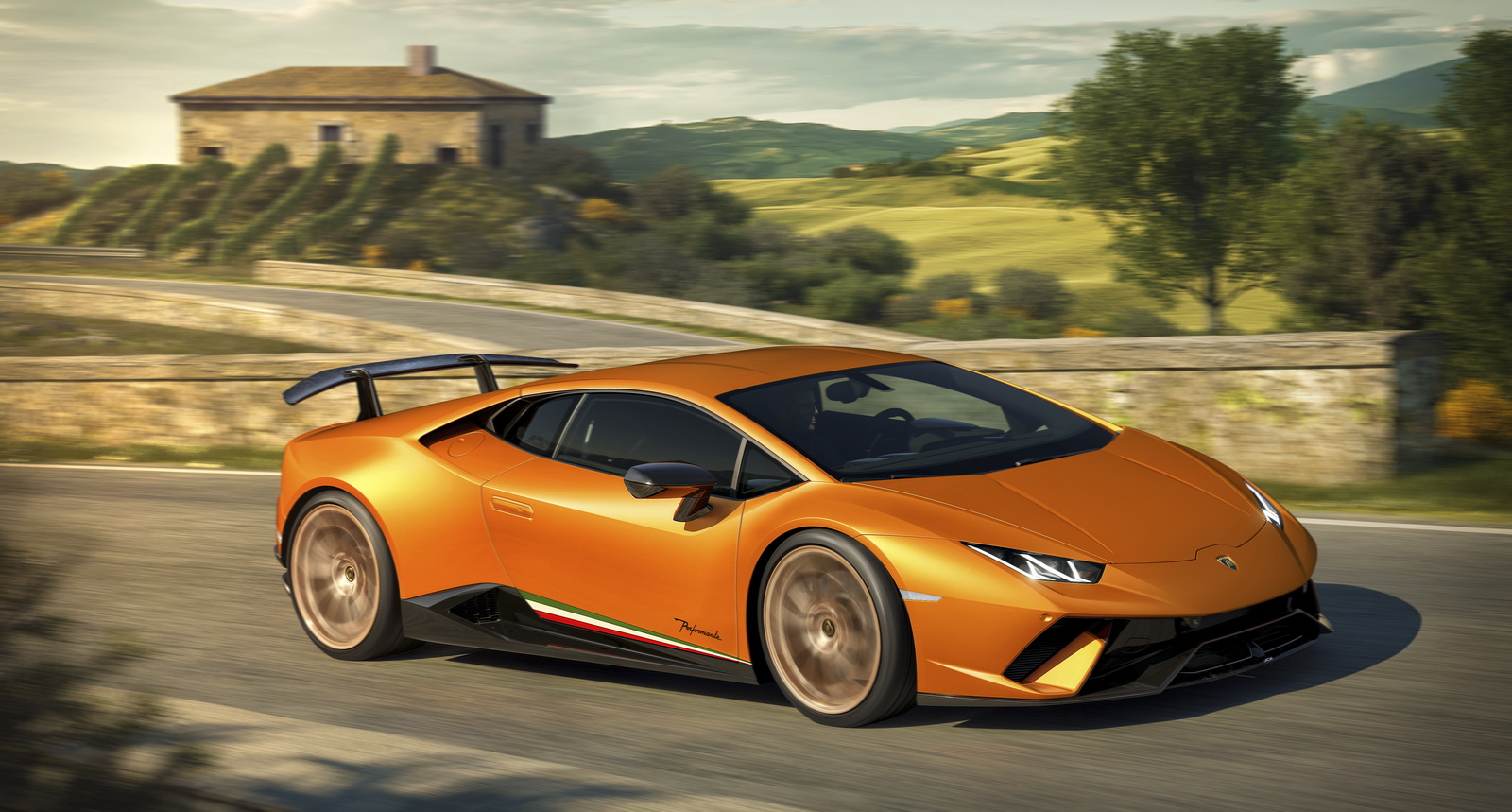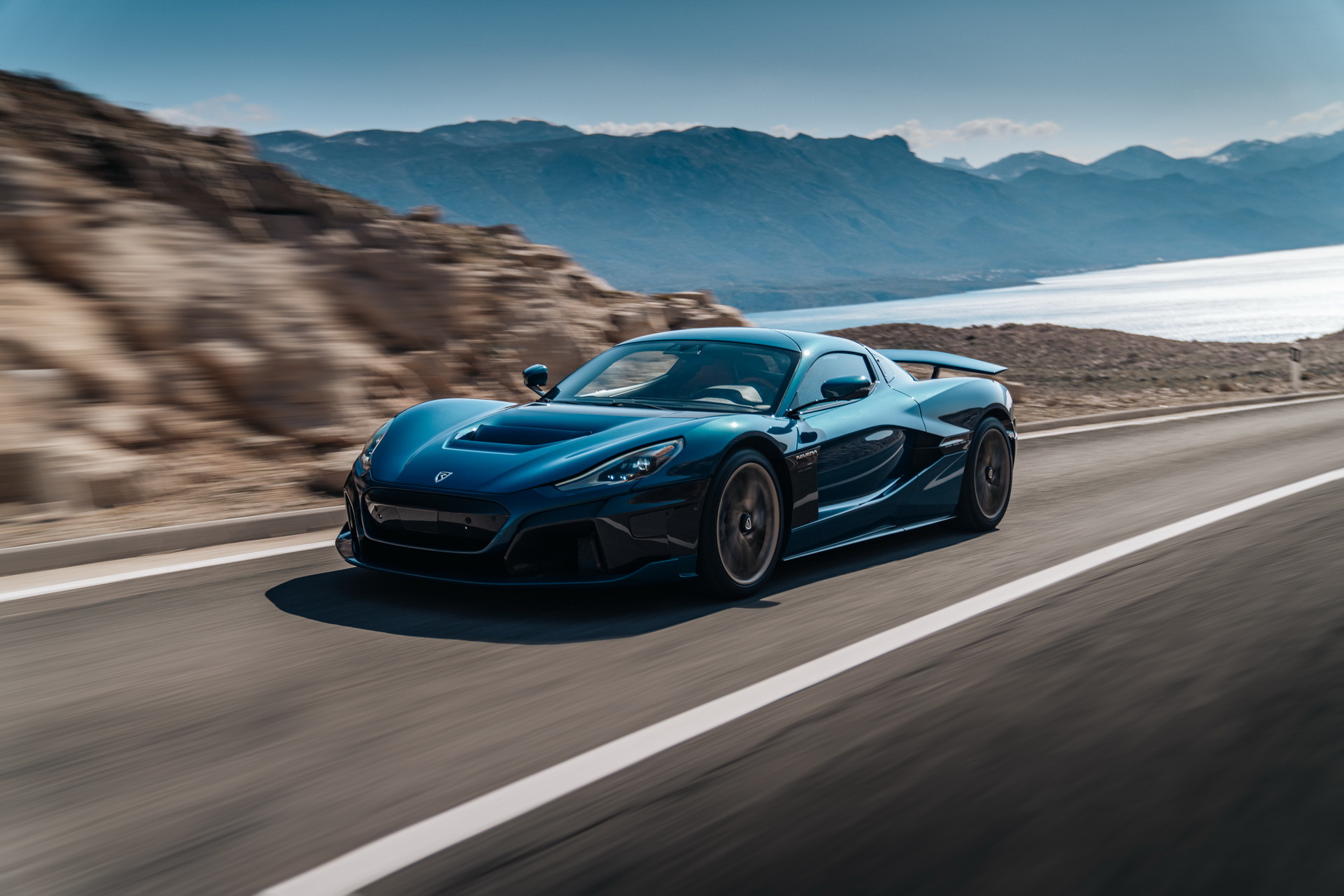If you’re an average reader, it likely takes you around four or five seconds to read that title out loud. Read it in your head though and you’ll likely be a bit closer to 2.0 seconds, or the time it takes the Ferrari SF90 Stradale Assetto Fiorano to go from 0-60 mph (0-96 km/h). So how many cars can actually pull off such a blistering feat? Today we’re breaking down the top five to see what they have in common and what they don’t.
Related: These Are The Fastest Cars In Each Category Around The Nurburgring
One thing they all share though is power going to all four tires. Short of a proper race car, having all four rubber contact patches clawing away at the tarmac is the only way to get going so quickly. What might surprise some is that one thing they don’t all have is some sort of electrification.
Ferrari SF90 Stradale: 2.0 Seconds
[embedded content]
Of course, the SF90 can’t claim that since it has three individual electric motors helping it rocket forward at such a blistering pace. In combination, that trio of motors makes 217 hp, or two more than the total output of the 2022 Lexus ES Hybrid. Then there’s the brutal twin-turbocharged V8 stuffed behind the driver that makes 769 hp on its own. Combined, this plug-in-hybrid Ferrari makes 986 hp and sends it to all four wheels to achieve its blazing speed. (Tested by C/D)
Tesla Model S Plaid: 2.1 Seconds
Then there’s the Tesla Model S Plaid. If it’s sitting on a prepared surface, and you don’t count rollout, this super sedan can go from 0-60 in as little as 1.9 seconds. Let’s say though that you’re at a stoplight, which is a more likely scenario. Well then, it’s still hilariously fast and should reach 60 from dead in 2.0-2.3 seconds depending on the car’s state of charge. Of course, you’ll need to be in performance mode too. (Tested C/D & M/T)
Porsche 911 Turbo S Lightweight: 2.1 Seconds
How fast can a car without an electric motor anywhere onboard be? Is about 2.1 seconds fast enough for you? That’s how fast the 2021 Porsche 911 Turbo S Lightweight is and it’s powered purely by an internal combustion engine. It’s worth noting though that the regular Turbo S is marginally slower at 2.2 seconds to 60 so make sure you click the $10,340 Lightweight box if you want that extra tenth. Both cars sport 640 hp, all-wheel drive, and a lightning-quick dual-clutch gearbox, but the normal S weighs 80 pounds (36 kg) more. (Tested C/D)
Lamborghini Huracan Peformante / Porsche 918 Spyder: 2.2 Seconds
Some seven years before the 2021 911 Turbo S Lightweight came about, the Porsche 918 Spyder pulled off the same trick. Of course, it was one of the original hybrid hypercars so it’s not totally shocking that it was so quick. What might be more surprising is that just a single tenth behind it is the Lamborghini Huracan Peformante, a naturally aspirated V10-powered 631 hp mass of anger and defiance. The raging bull benefits from all-wheel-drive just like the rest of these monsters but might be the least refined of the group. (Tested C/D)
Rimac Nevera: 1.9 Seconds
None of these cars can stand up to the Rimac Nevera though. The Croatian hypercar builder says that this $3 million dollar creation can actually do 0-60 in just 1.85 seconds but like the Tesla, it would need a prepped surface and a rollout deduction. DragTimes took the Nevera out and recorded it doing the deed in 1.9 seconds. It then went on to reach the end of the quarter-mile in just 8.582 seconds, which is a pretty amazing feat.
[embedded content]





